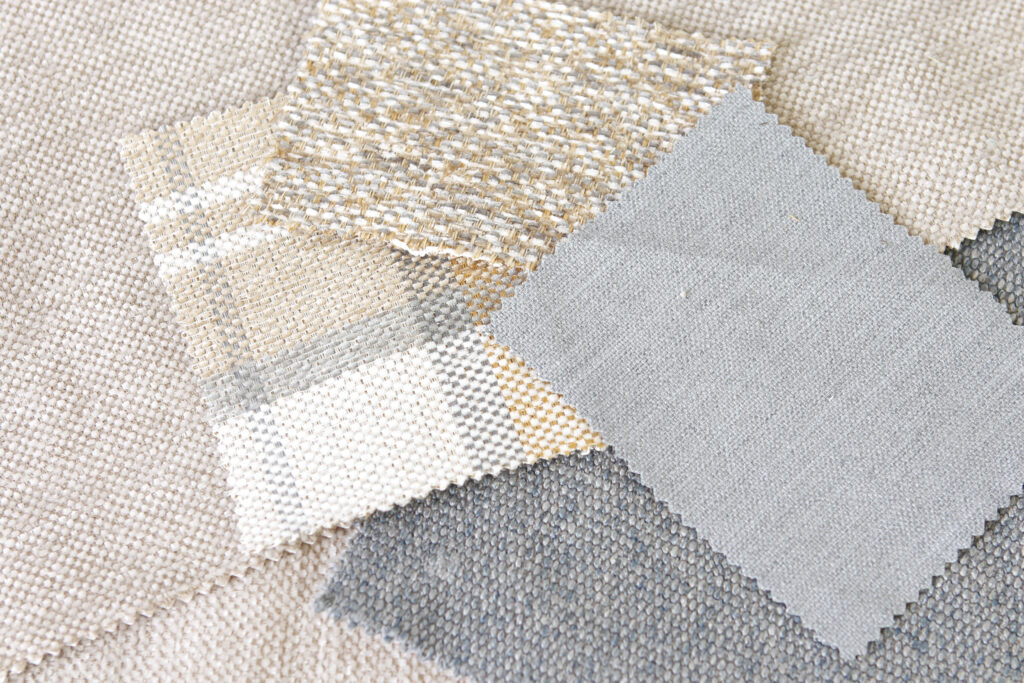The Influence of Fabric Selection on Furniture Longevity and Comfort
The choice of fabric plays a pivotal role in determining both the durability and comfort of your furniture. Understanding the various types of fabrics used in furniture upholstery is essential when making informed decisions about your home furnishings.
In this article, we will delve into the impact of fabric choice on furniture longevity, comfort, and maintenance.

Durability and Wear Resistance
The durability of your furniture fabric can significantly affect its longevity. Here’s how different fabric types fare in terms of durability:
- Natural Fabrics: Fabrics such as cotton and linen offer comfort but may be less resistant to wear and staining. They are best suited for lightly-used furniture or pieces that don’t receive heavy traffic.
- Synthetic Fabrics: Polyester and microfibre are known for their durability and resistance to wear and tear. These fabrics are suitable for high-traffic areas and households with children or pets.
- Leather: Leather is exceptionally durable and can withstand heavy use. It ages beautifully, developing a patina over time, making it an excellent choice for long-lasting furniture.
Comfort and Feel
The comfort of your furniture largely depends on the type of fabric used. Different fabrics offer distinct tactile experiences:
- Cotton and Linen: These natural fabrics provide a soft and breathable feel. They are comfortable for lounging but may require more maintenance and care.
- Microfiber: Microfibre is known for its plush and velvety texture, providing a luxurious sitting experience. It’s both comfortable and easy to clean.
- Leather: Leather upholstery offers a unique combination of comfort and sophistication. It becomes more supple over time, making it increasingly comfortable.
Maintenance and Cleaning
Regular maintenance and cleaning are essential to preserving the appearance and longevity of your furniture. Consider the ease of cleaning when selecting a fabric:
- Cotton and Linen: Natural fabrics may require more frequent cleaning and stain removal. Some may be machine washable, while others may need professional cleaning.
- Microfibre: Microfibre is relatively low maintenance, with stains often easy to clean with a damp cloth or mild soap and water.
- Leather: Leather is simple to maintain; regular dusting and occasional conditioning keep it looking its best. It’s also less likely to trap allergens.
Allergen Considerations
If you or your family members have allergies, fabric choice can impact air quality:
- Natural Fabrics: Cotton and linen can trap allergens like dust mites more easily, potentially causing allergic reactions.
- Synthetic Fabrics: Microfibre and leather are less prone to trapping allergens, making them a better choice for allergy sufferers.
In conclusion, the fabric you choose for your furniture goes beyond aesthetics; it influences both longevity and comfort. Assess your needs based on durability, comfort, maintenance, and potential allergen considerations when selecting upholstery. By understanding the impact of fabric choice on your furniture, you can make decisions that ensure your pieces stand the test of time and offer lasting comfort in your home.